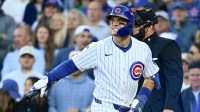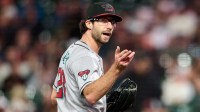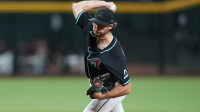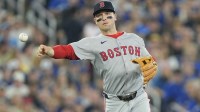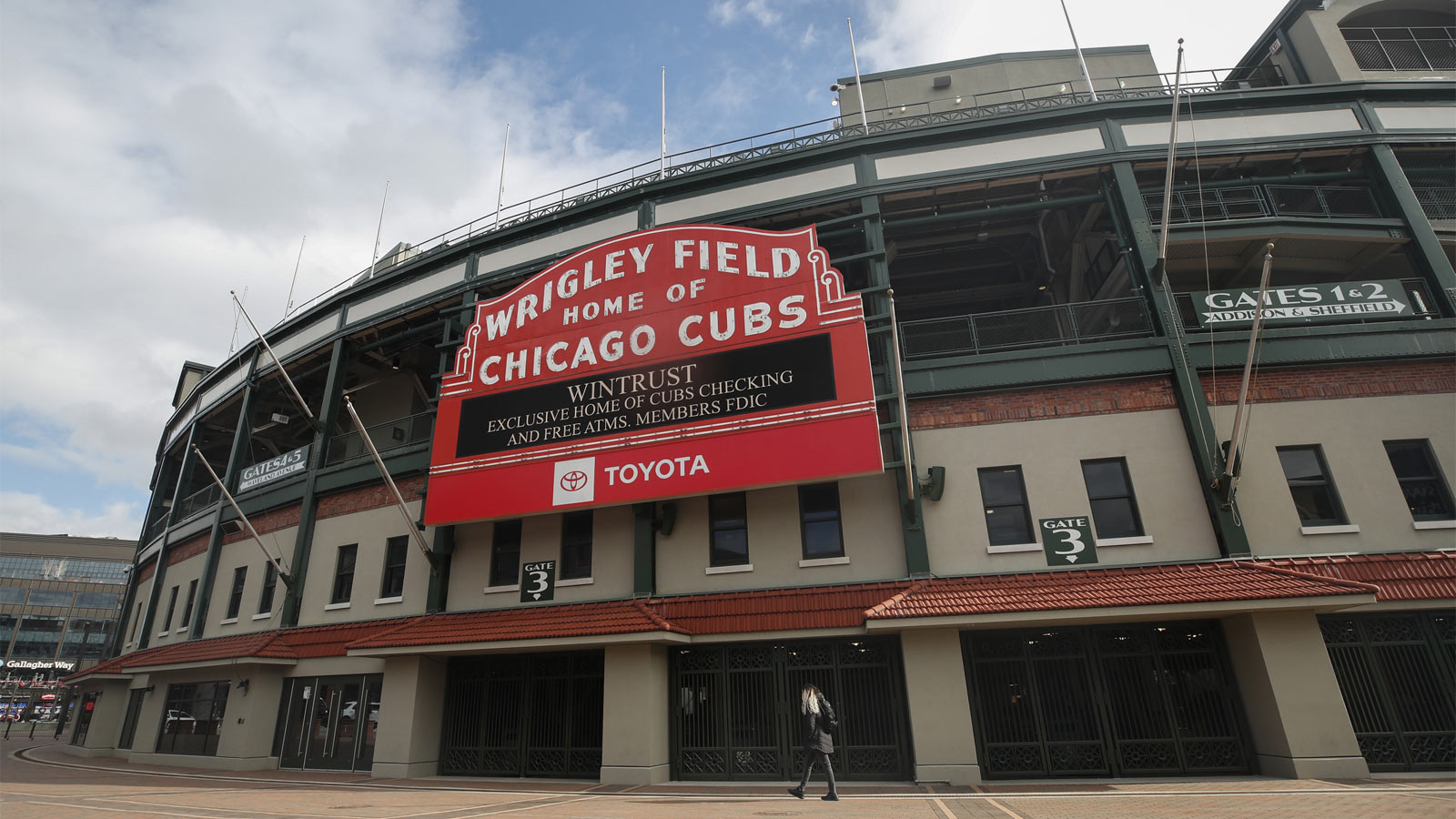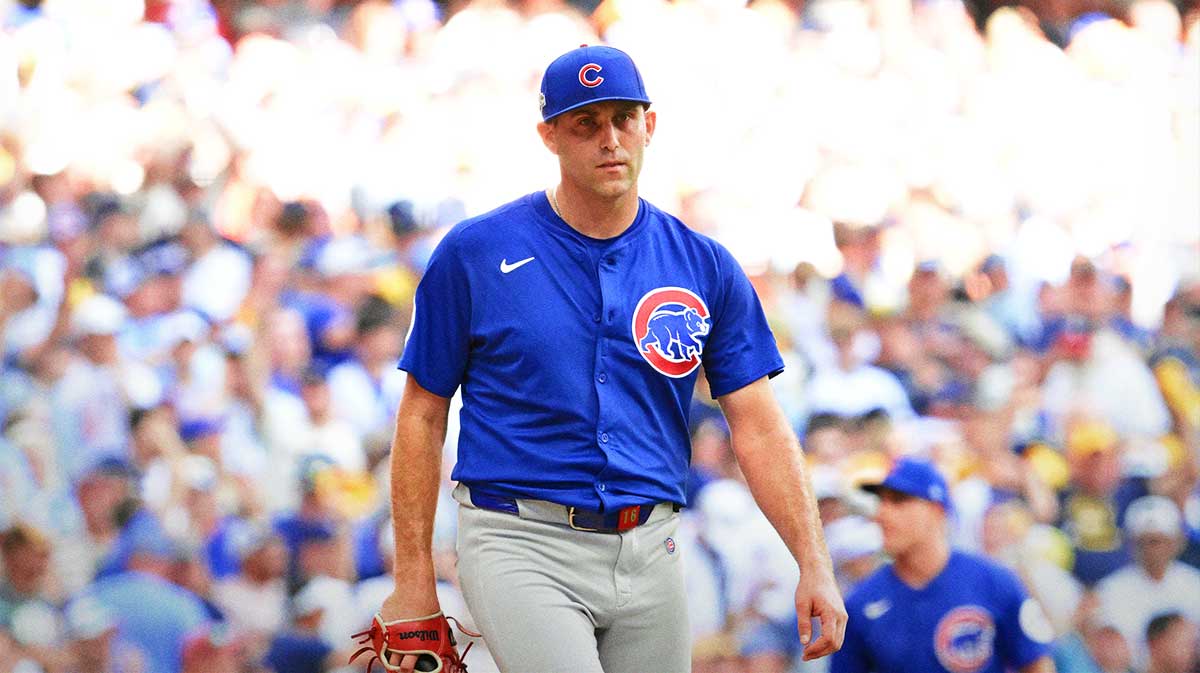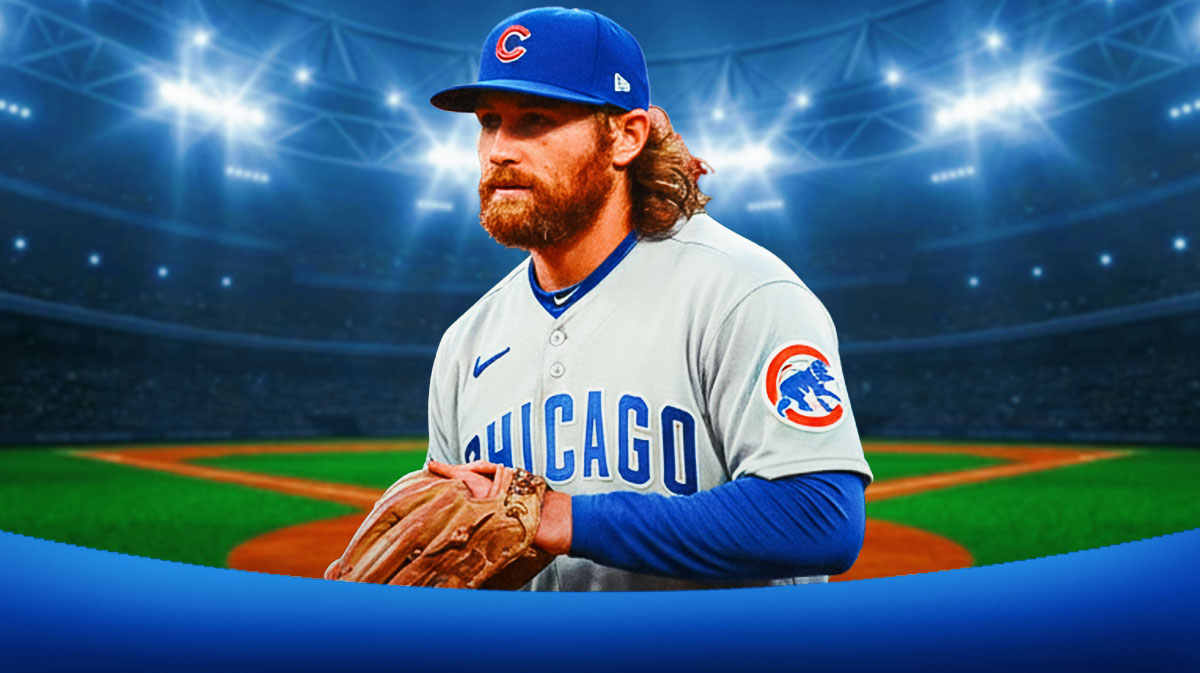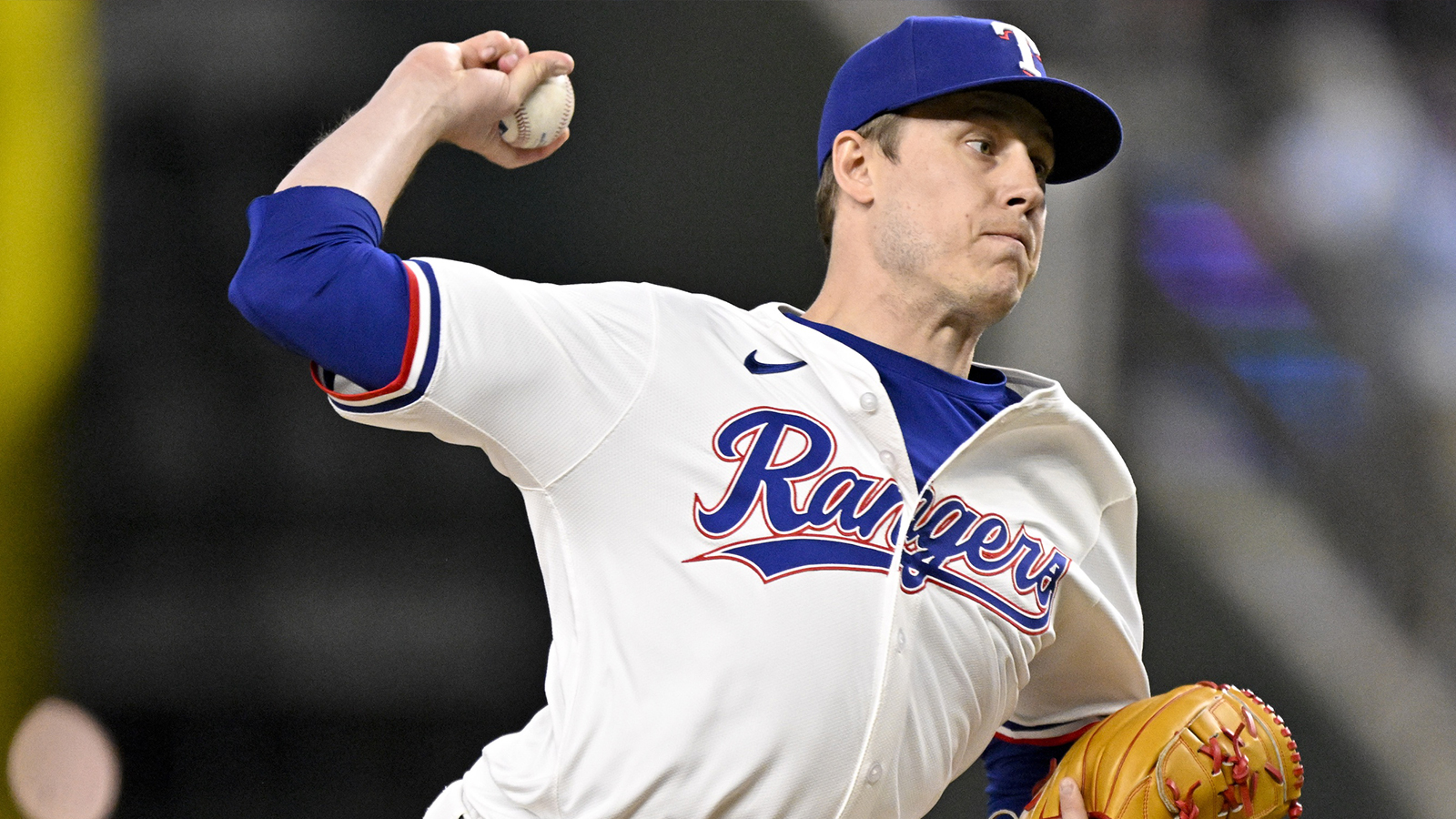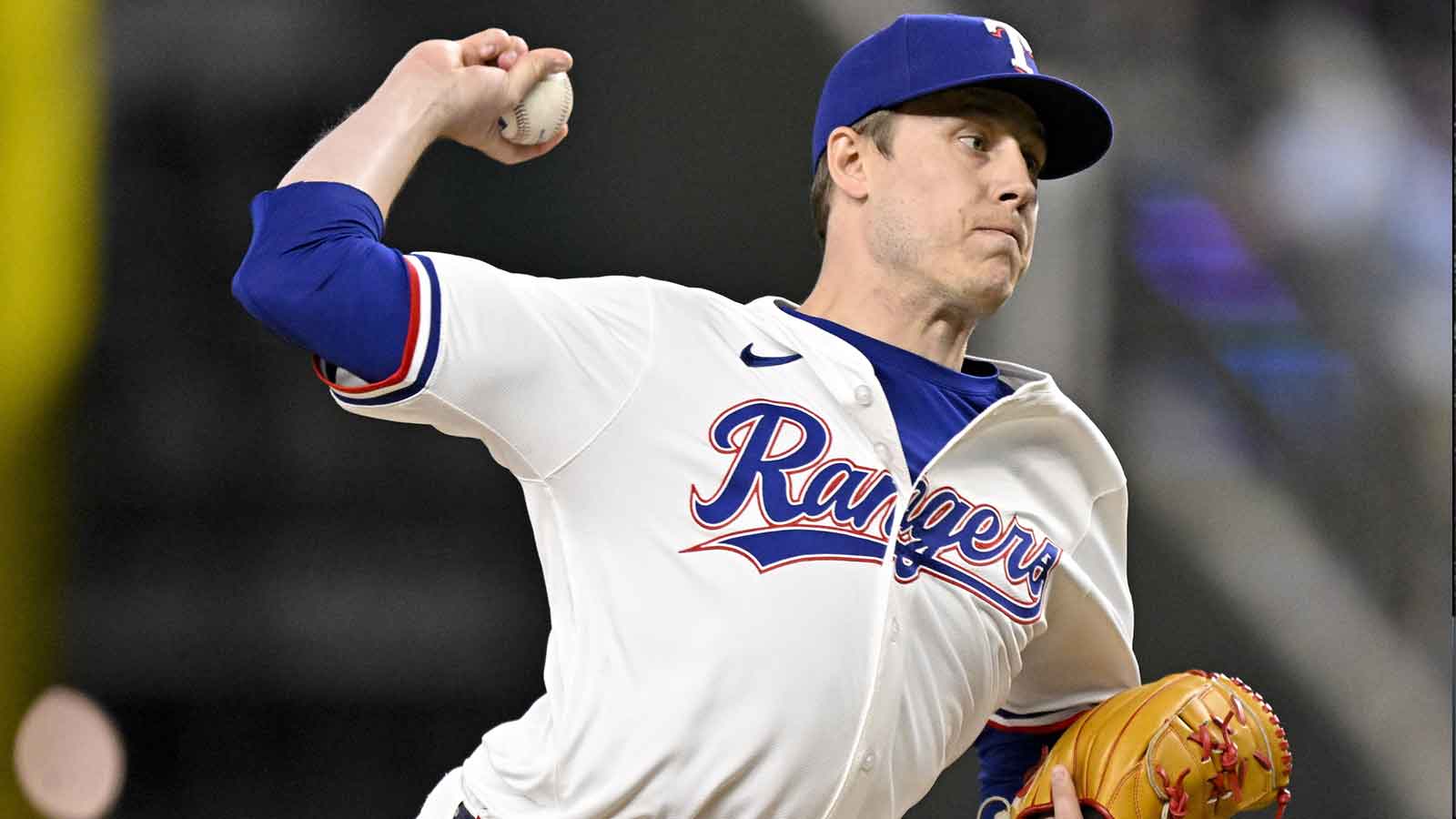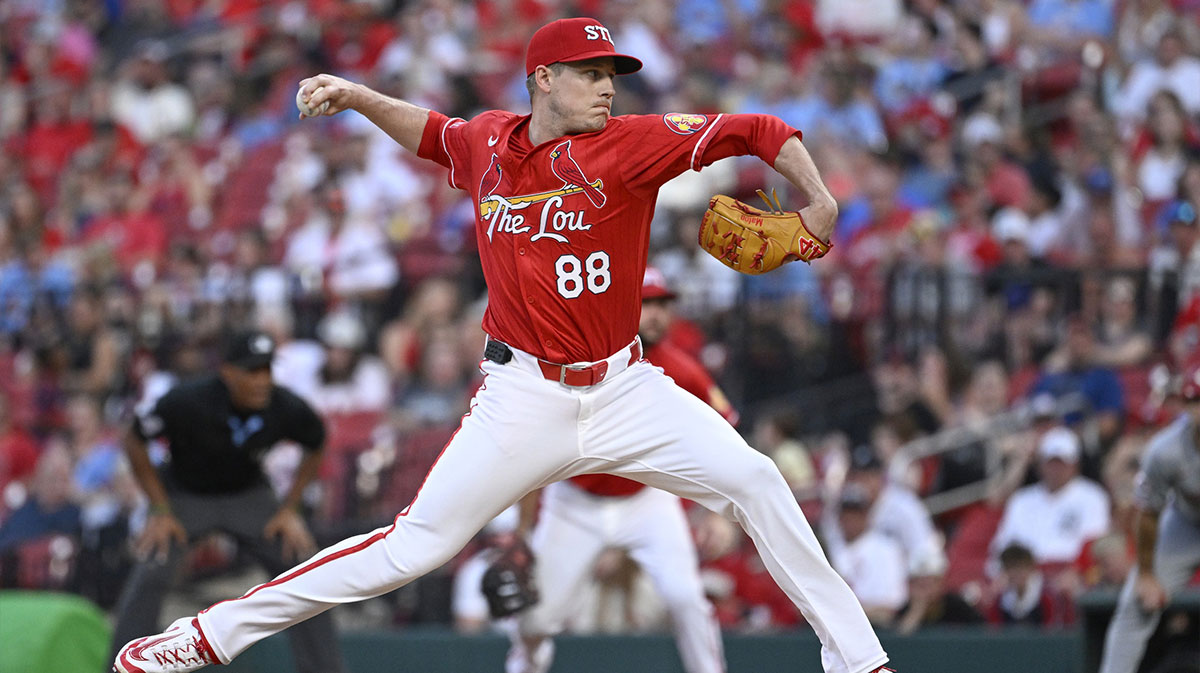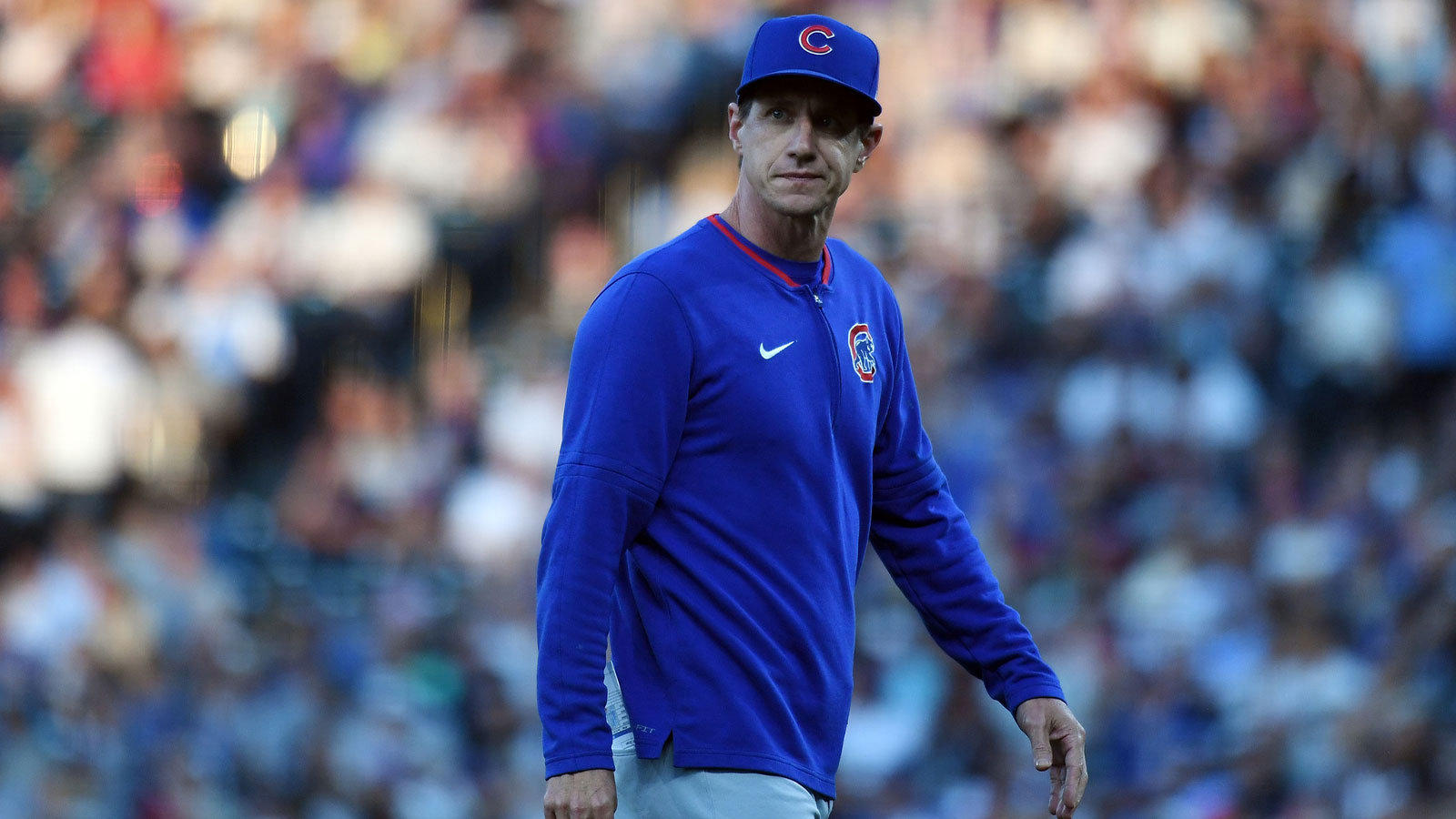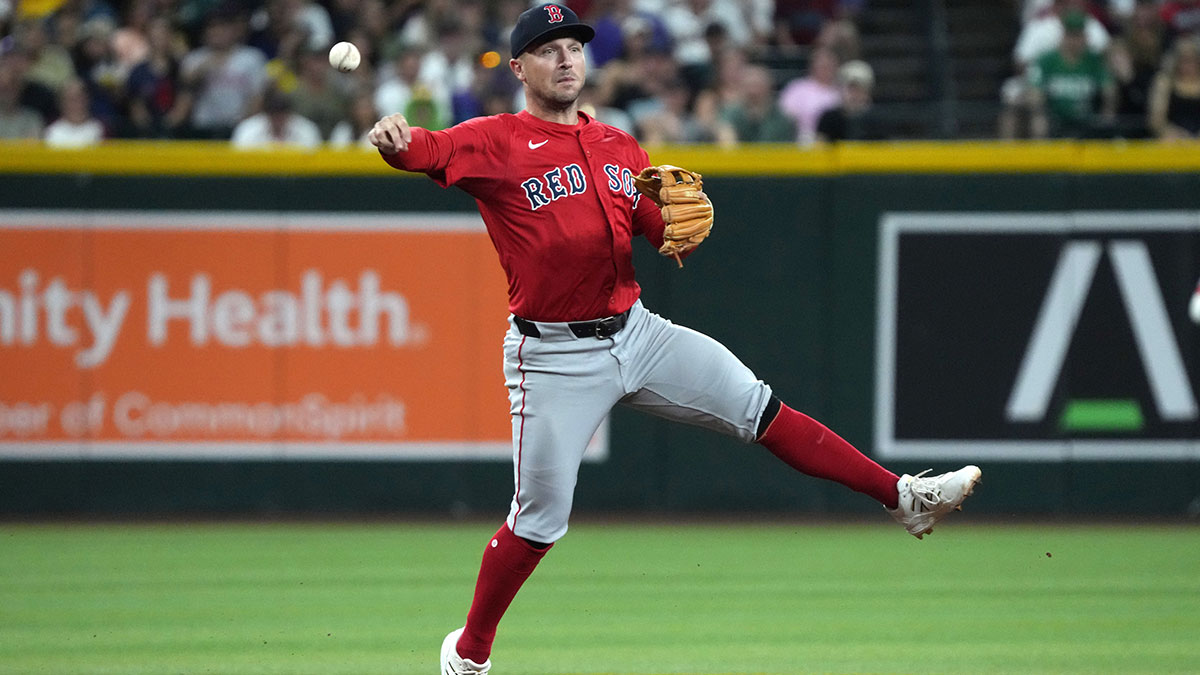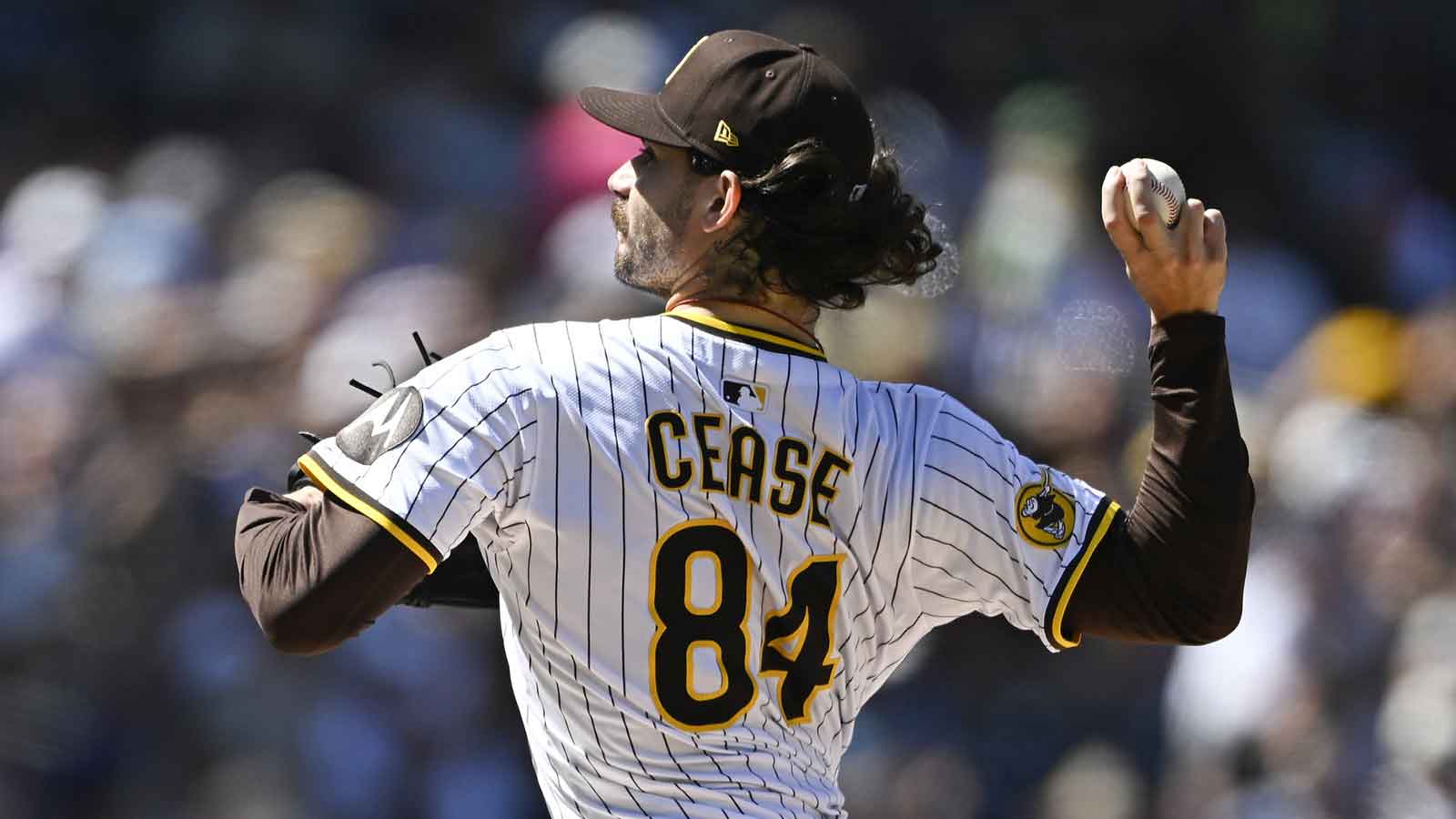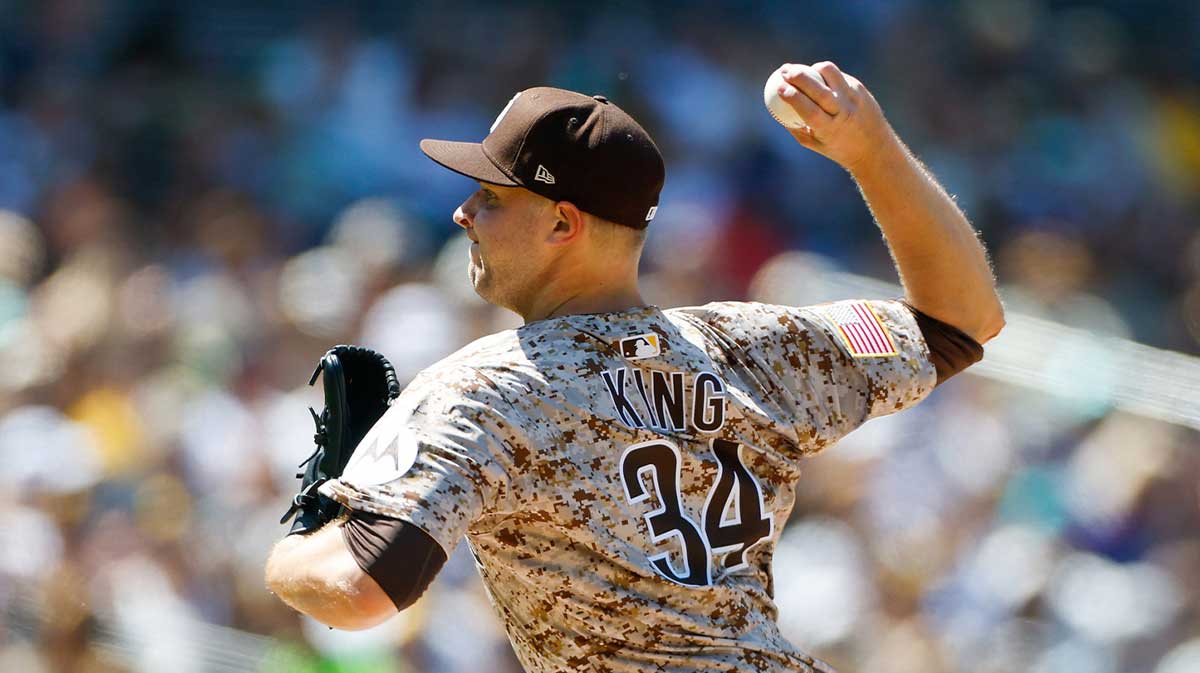The Chicago Cubs got off to a rather inauspicious start to their 2019 campaign. Firstly, the team had one of the quietest winters in years while National League Central foes like the St. Louis Cardinals, Milwaukee Brewers and Cincinnati Reds all made improvements to their clubs. The Cubs–who made the biggest splashes of the winter in both 2016 and 2018 when they landed Jason Heyward and Yu Darvish, respectively–stood pat despite seemingly being an early contender to sign Bryce Harper.
And after standing at 2-7 through their first nine games, it looked as though the Cubs may have fallen a step behind their rivals in the Central. The North Siders quickly rebounded, however, finishing with a 14-10 record in April and winning eight consecutive series' from mid-April to mid-May.
Although Chicago had lost five of their last six games entering play on May 29, their 30-23 record was still good enough for a half-game lead over the Brewers at the top of the NL Central.
This team has had one of the more intriguing narratives in the past couple of seasons. After winning the World Series in 2016, the Cubs actually had a losing record in the first half of the 2017 season before having the best second half in baseball while scoring the most runs in the league during that time to win the division for a second straight year. They would reach a third consecutive NLCS before bowing out to the Los Angeles Dodgers.
In 2018, Joe Maddon's club seemed to have firmly gained control of the division by mid-August, but the offense fell apart down the stretch while the Brewers and Christian Yelich rose to new heights. The Brewers would win a Game 163 to earn the NL Central crown, eventually coming within a game of reaching the World Series. The Cubs, meanwhile, were bounced in the NL Wild Card game by the Colorado Rockies.
With Maddon managing on a “lame duck” contract and an aging starting rotation, 2019 feels like a pivotal year for this Cubs group.
Now that the season is underway and the Cubs still cling to a narrow division lead, here are the five biggest storylines (in descending order) on the North Side of Chicago:
5. Addison Russell
Russell was a big story this winter due to his 40-game suspension (retroactive to 2018) for violating the league's domestic abuse policy, and the front office's subsequent decision to retain the young shortstop.
Team president Theo Epstein repeatedly said that Russell's mistakes and his lack of personal growth occurred under Chicago's watch, and that the organization must take some responsibility in overseeing his progress and strides as a person, as well as a player.
This continues to bother Cubs fans. After all, there is still some fallout from the decision to acquire Aroldis Chapman in 2016 (Chapman served a 30-game suspension that same season), and many fans voiced their frustration when the team brought in current Rockies first baseman Daniel Murphy (who in the past has made some inflammatory remarks with respect to the LGBTQ community) last summer.
The Cubs have continued to start Javier Baez at shortstop, but the absence of Ben Zobrist due to divorce proceedings and the continued struggles of Daniel Descalso have led to more and more of Russell in the lineup. And the thing is, he is starting to produce.
Through his first 18 games in 2019, Russell was hitting .298 with four homers and a .940 OPS and had homered in three of four games between May 25 and May 28.
Russell may indeed force his way back into the lineup on a full-time bases. His defense remains elite, and he has shown that he is capable especially of being a slugging infielder and run-producer in the lineup.
Whether or not Cubs fans will ever be ready to embrace him again remains to be seen. He has still shown signs of immaturity in speaking to the press, and he has always been a private person. At the same time, the team is hoping he will continue to grow as a father and a man.
For all of these reasons, Russell is most certainly someone to watch in Chicago.
4. Is Schwarber the solution at leadoff?
The leadoff spot has been much-maligned ever since former centerfielder Dexter Fowler left the Cubs to join the Cardinals prior to the 2017 season.
Kyle Schwarber was initially slated to be the leadoff man that year, but he struggled immensely in the first half and was even demoted to Triple-A before returning to have a strong second half.
Last season, the Cubs flirted with Ian Happ, Albert Almora and Ben Zobrist in the leadoff spot, but none of those three could save an offense that collapsed down the stretch.
Zobrist was pegged to be the guy again this year, but personal issues have led to a prolonged absence with the club. Descalso has faltered, and Maddon's insertion of Jason Heyward into the top spot seemed to drain the life out of him.
Thus, Schwarber returned to his position as Chicago's leadoff man. As of May 29, he was hitting just .216 with a .317 OPS in 13 games at the top of the order, but he was also slugging .510 with four homers.
And the batting average may not tell the whole story. According to Baseball-Reference, Schwarber's BABIP was just .233 when he has led off, suggesting that he has been prone to some misfortune. Additionally, Schwarber was running the highest average exit velocity and hard hit percentages of his career, according to MLB Statcast.
It seems to be just a matter of time before the solid contact yields results for Schwarber. And given his walk rate and power, he might be exactly what the Cubs need at the leadoff spot moving forward. Will Maddon have the patience to leave him there?
3. Core guys at the top of their game
At the beginning of May, Kris Bryant was hitting just .225 with just three homers. Anthony Rizzo was sitting at .230 but had been showing signs of heating up.
As of May 29, Bryant was hitting .283, and his OPS had risen to .972 after he had clubbed nine homers already this month. Meanwhile, Rizzo is up to .290 with a 1.003 OPS and 15 homers after he was robbed for NL Player of the Week despite hitting .500 with three homers and 10 RBIs.
Both Bryant and Rizzo ranked in the top 15 in terms of wRC+ and fWAR, according to FanGraphs. They are joined in the top 15 fWAR by Javier Baez, who ranks ninth.
Baez enjoyed a breakout 2018 season in which he finished second in the NL MVP voting, but there was some question as to whether or not a player with a 50 percent swing rate could maintain that level of success. Thus far, the answer to that question has been a resounding yes.
The enigmatic Cubs shortstop was hitting .307 with 13 homers entering play on May 29, and his play has been a crucial component of the Cubs remaining competitive even in times when Bryant and Rizzo have struggled. In addition to his performance at the dish, Baez had registered six Defensive Runs Saved at shortstop while running a 9.3 UZR/150.
Not to be outdone, Willson Contreras has regained his form as perhaps the best catcher in baseball. After his power was totally zapped in the second half of 2018, Contreras had already clubbed 12 homers and was hitting .302 with a 156 wRC+, good enough for 14th in the bigs.
This is exactly what Theo Epstein and Jed Hoyer had envisioned in terms of the future of this franchise. The top four have all excelled in the last month-plus, and so too have the Cubs.
And do not forget about Albert Almora, who has been red-hot in the last couple weeks while also slugging .510 with six homers May. Almora is still highly regarded as yet another young talent that will be a crucial part of Chicago's future, and his prowess with the glove could make him one of the most valuable assets on the team moving forward.
2. Yu Darvish
Darvish will continue to be a storyline all season long. After being handed the most expensive free agent contract in Chicago Cubs history (six years and $126 million) in February of 2018, Darvish made just eight starts before having to undergo a second elbow surgery.
While questions arose about whether or not he could remain effective at the age of 32 after multiple elbow surgeries, Darvish had a fantastic Spring Training with very little pain.
That success did not appear to carry over into the regular season, however. Darvish failed to make it past the sixth inning in his first five starts and just once in his first nine starts. Through 11 total starts, he was running a career-high 6.2 BB/9 rate, and he has already allowed 11 homers.
Still, there has been reason for optimism as of late. He struck out 11 in Cincinnati on May 15, then dominated the Phillies for the majority of his start on May 20. And while the Reds would get the better of Darvish on May 25, he grinded through seven innings, taking on a brunt of the work that would otherwise have been given to a depleted bullpen.
The high walk rate is still a concern, but the stuff is there, as suggested by Darvish's 11.0 K/9. When he is on his game, he can be as good as any starter and the bigs. And a confident Darvish would give the Cubs one of the more enviable starting rotations in baseball.
But he needs to reestablish his fastball command early in counts. There were already instances of him tipping pitches in the 2017 World Series, and he has seemed rather predictable when he falls behind. His cutter and slider are as dynamic as they come, but the key to unlocking those pitches stems from getting ahead with the fastball.
1. The bullpen — The Good, The Bad and The Ugly
The lack of bullpen depth became the foremost storyline of the offseason, and that continues to be the case heading into the summer.
Make no mistake, the Cubs have gotten some great performances. After arguably the worst season of his career last year, Brandon Kintzler has been fantastic. Tyler Chatwood's move to the bullpen has made him a nice option in long relief, and his uptick in velocity has served him well as he still grapples with his own command issues.
Newcomer Brad Brach has been thrown into numerous high leverage situations, and has been fairly steady in return. And Steve Cishek is still effective.
But Carl Edwards Jr. has had a hard time regaining the moxie that made him so dominant in 2017 and the first half of 2018. Kyle Ryan and Mike Montgomery have struggled. Randy Rosario had been one of the only other left-handed options in the bullpen, but was demoted at the end of April and has yet to return to the majors.
Then there are the injuries. Pedro Strop has missed extended time due to a persistent hamstring issue. Brandon Morrow is still on the shelf after missing nearly the entire second half of last season. Xavier Cedeno was sent to the 10-day IL almost immediately after he was activated.
Finally, the Cubs were the third-worst team in baseball in terms of save percentage as of May 29, converting just 11 of 21 opportunities.
Epstein and the rest of the front office were heavily criticized for not doing more to bolster the bullpen depth in the offseason, and Chicago has paid the price. The Cubs are just 9-8 in one-run games.
With the MLB Draft rapidly approaching, it will be interesting to see if the Cubs decide to pursue Craig Kimbrel. The former Braves and Red Sox closer remains unsigned, and the compensatory draft pick attached to his name will be null and void once the draft concludes on June 5.
For all of his postseason woes and decline in dominance, Kimbrel is still the best closer of the modern era and the current leader in ERA+ (211). Chicago does not have a true lockdown guy at the back of the bullpen, and would gain both value and depth by adding Kimbrel.
Regardless, the performance and handling of the bullpen will undoubtedly continue to be the subject of immense scrutiny in Chicago going forward.


